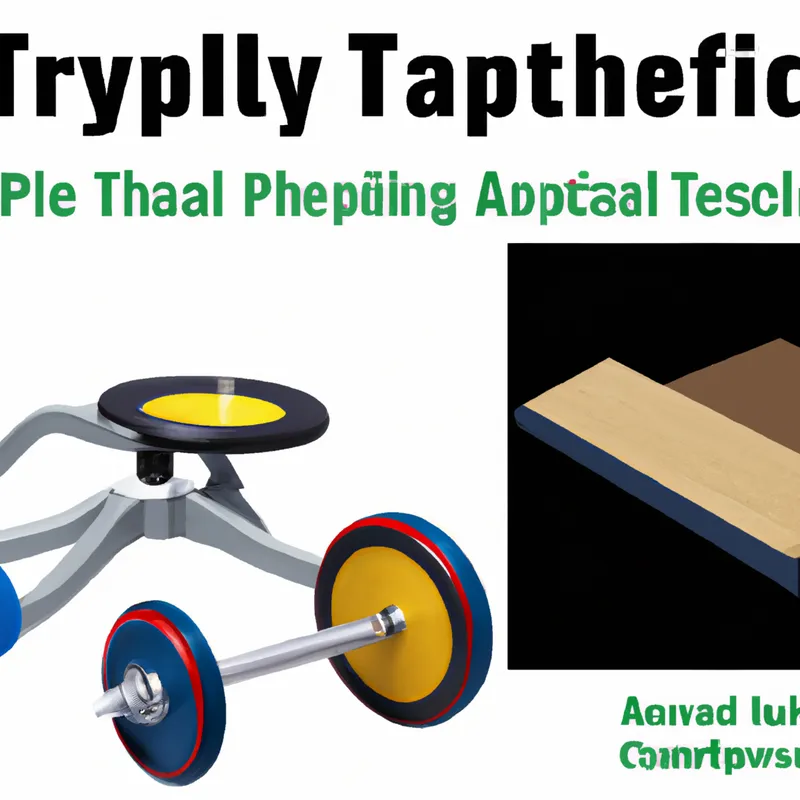Master Essential Techniques for Adaptive Athletes
A Guide to Physical Therapy Techniques for Adaptive Athletes
Adaptive athletes face unique challenges in their pursuit of athletic excellence. Their resilience and determination drive them to achieve remarkable feats. Physical therapy plays a crucial role in training, recovery, and overall well-being. This guide explores effective physical therapy techniques that enhance performance and promote healthier lifestyles.
Understanding Adaptive Athletes
Adaptive athletes participate in sports while managing disabilities, including physical impairments and sensory challenges. Their experiences differ significantly from traditional athletes. Thus, therapists must customize physical therapy for each individual. Knowledgeable therapists can create personalized plans addressing mobility, strength, endurance, and pain management.
Effective Physical Therapy Techniques
1. Manual Therapy
Manual therapy involves hands-on techniques that improve flexibility and overall physical function. Physical therapists use methods like joint mobilization and soft tissue manipulation. These techniques alleviate pain, improve circulation, and enhance mobility.
Adaptive athletes benefit from manual therapy after intense training or competitions. It promotes relaxation, reduces muscle tension, and aids recovery. Incorporating manual therapy into routines enhances athletic performance and allows for efficient movement patterns.
2. Aquatic Therapy
Aquatic therapy uses water for rehabilitation and exercise. Water’s buoyancy reduces joint impact, making it ideal for adaptive athletes. This technique enables athletes to perform exercises that may be difficult on land while minimizing injury risk.
Water provides natural resistance, helping athletes build strength and endurance effectively. Aquatic therapy includes walking, swimming, or resistance training with floating devices. This environment fosters freedom of movement, empowering athletes who feel limited by disabilities.
3. Strength Training
Strength training is crucial for all athletes, but adaptive athletes need specialized programs. Physical therapists can design regimens focusing on muscle strength, core stability, and overall function.
Using resistance bands, free weights, or specialized equipment, adaptive athletes work on different muscle groups. Emphasizing core stability supports body function and prevents injuries. Improved strength enhances athletic performance, allowing athletes to execute movements more effectively.
4. Balance and Coordination Training
Balance and coordination are essential for athletic performance. Adaptive athletes often find these skills challenging, but they are crucial for preventing falls and injuries. Physical therapists implement exercises focusing on balance and coordination using tools like balance boards and stability balls.
Conclusion
Incorporating tailored physical therapy techniques significantly benefits adaptive athletes. These methods enhance performance, support recovery, and promote a healthier lifestyle.
Below are related products based on this post:
FAQ
What are the key physical therapy techniques beneficial for adaptive athletes?
The key physical therapy techniques beneficial for adaptive athletes include manual therapy, aquatic therapy, strength training, and balance and coordination training. Each technique is tailored to address the unique needs of adaptive athletes, enhancing their performance and promoting recovery.
How does aquatic therapy specifically help adaptive athletes?
Aquatic therapy helps adaptive athletes by utilizing water’s buoyancy to reduce joint impact, making exercises easier and safer. It allows athletes to perform activities that may be difficult on land while minimizing the risk of injury, and the water’s natural resistance aids in building strength and endurance.
Why is manual therapy important for adaptive athletes?
Manual therapy is important for adaptive athletes because it involves hands-on techniques that improve flexibility and overall physical function. It helps alleviate pain, promotes relaxation, reduces muscle tension, and enhances mobility, which is crucial for recovery after intense training or competitions.















Post Comment